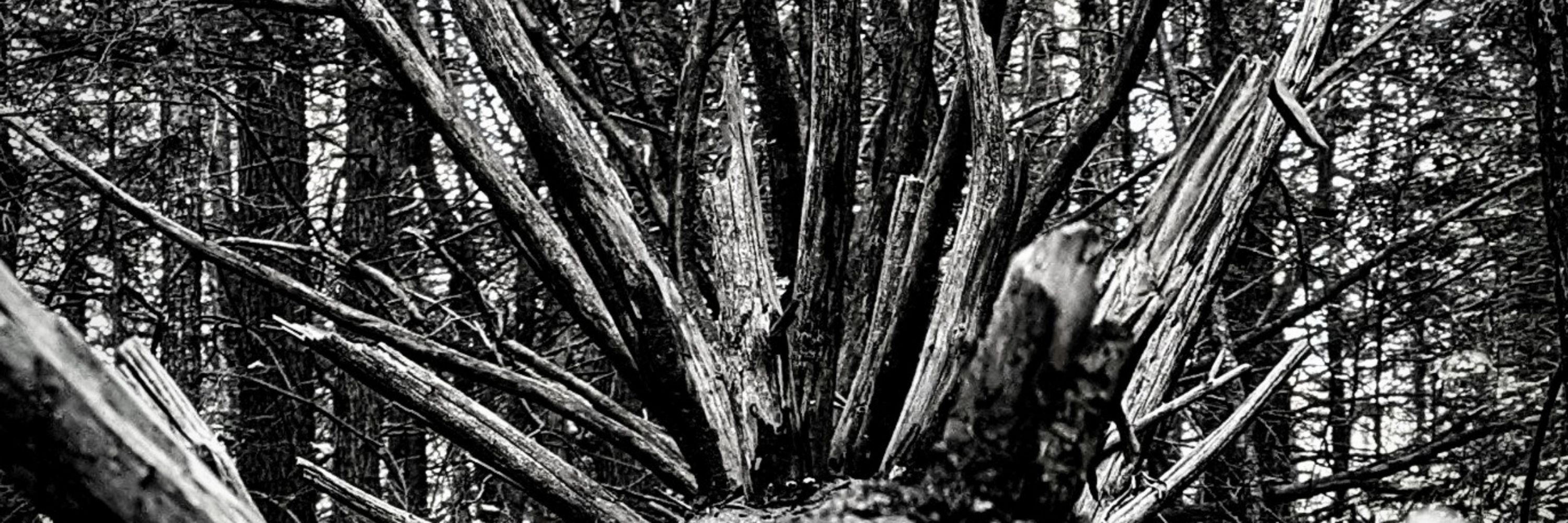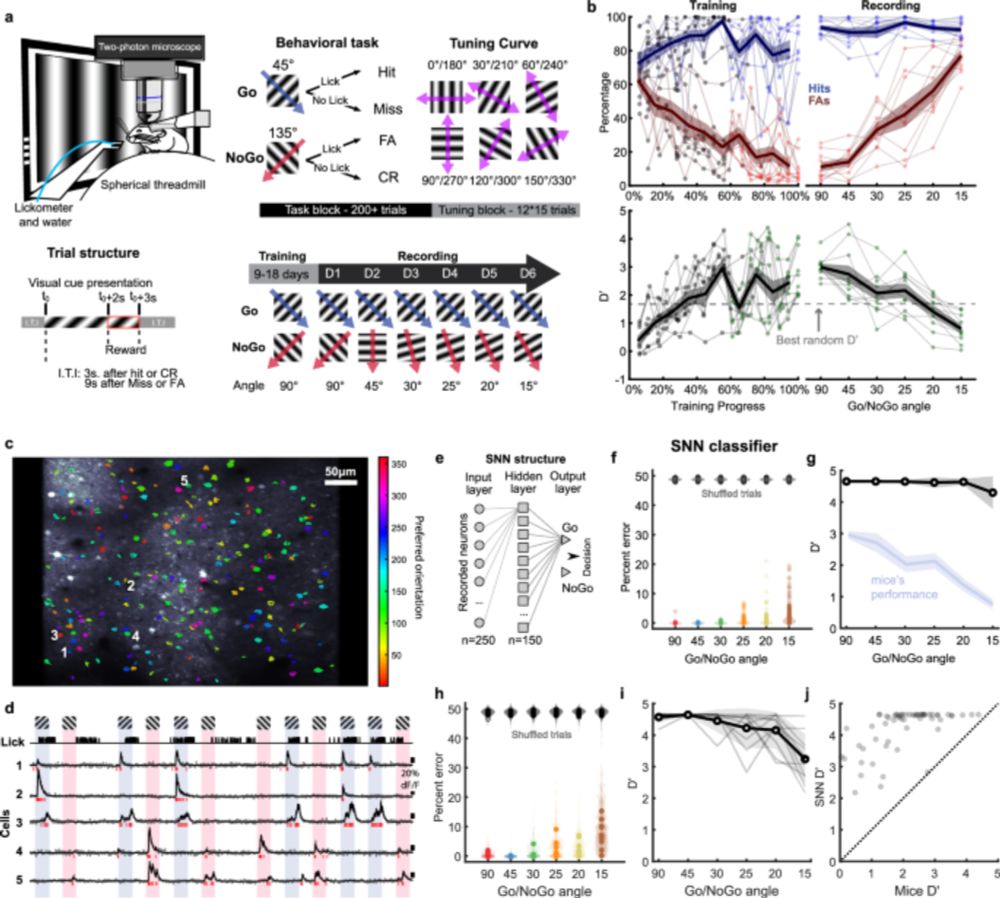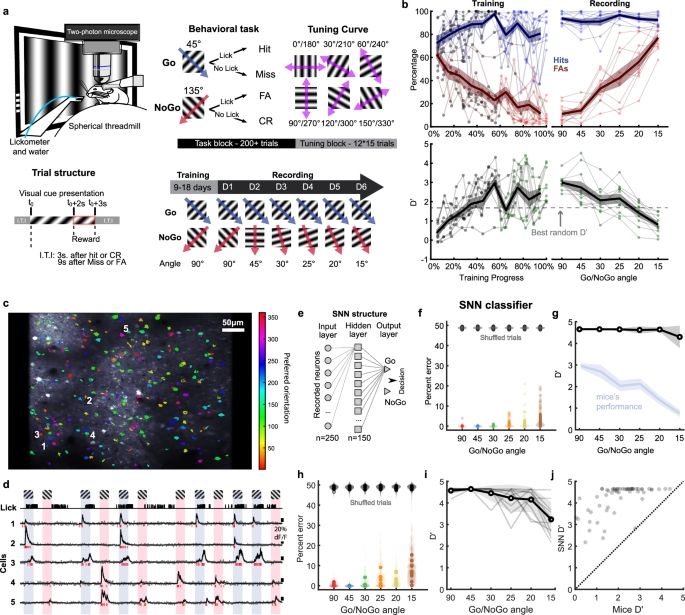
He/him
This, is critical to understand. Pointing out "it's hurting us" won't do, since it's the whole point.
www.nytimes.com/2025/02/14/o...

This, is critical to understand. Pointing out "it's hurting us" won't do, since it's the whole point.
www.nytimes.com/2025/02/14/o...
You can donate to them here.
donate.wikimedia.org/w/index.php?...
You can donate to them here.
donate.wikimedia.org/w/index.php?...
www.nature.com/articles/s41...

www.nature.com/articles/s41...
doi.org/10.1038/s414...

doi.org/10.1038/s414...

